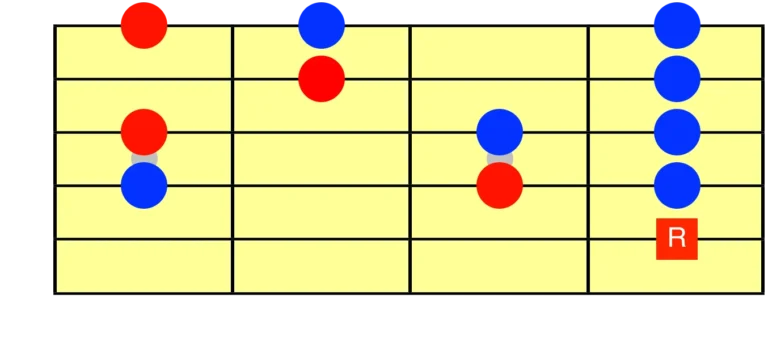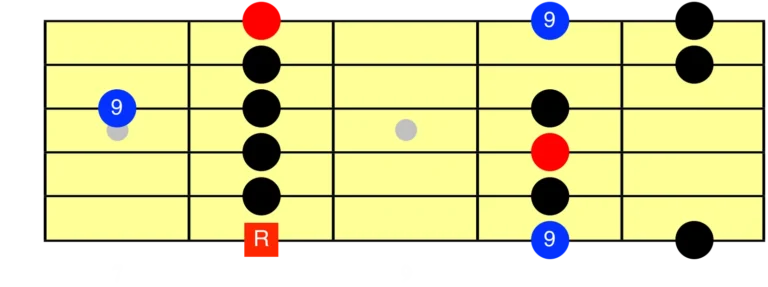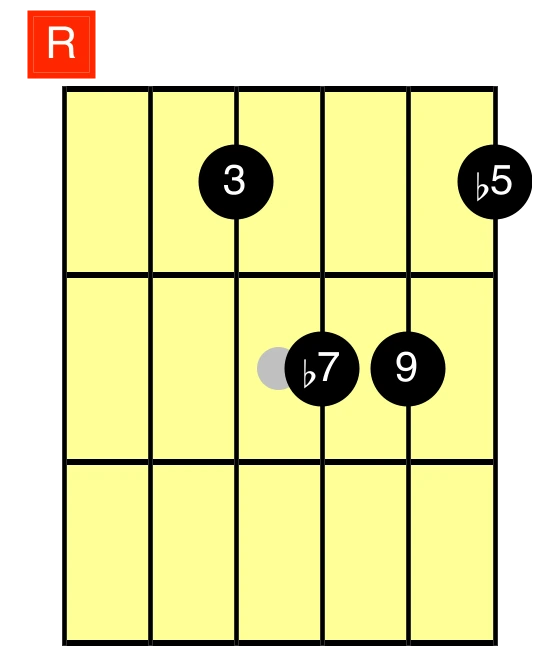Unlocking Steve Lukather’s Genius: A Masterclass in Playing Over Changes
Sometimes, as guitarists, we crave something more sophisticated than the usual pentatonic and blues patterns. Naturally, we gravitate toward jazz theory and exotic scales — but translating that knowledge into expressive, musical playing can be a challenge. That’s where Steve Lukather’s approach is refreshingly different.
Instead of using a lot of scale theory, Luke leans heavily on triads, chord tones, and what he refers to as chord clusters. This mindset — prioritising harmony over scales — allows for beautifully intentional note choices, especially when navigating complex chord changes.
His blistering solo on Boz Scaggs’ track “A Clue” (1977) is a perfect example of this. At just 19, Steve laid this down in one take! It’s an iconic moment that showcases his unique ability to blend jazz vocabulary with the attitude and tone of rock guitar.
Let’s get into the solo and the harmony so we can dissect how Luke approaches the changes, and more importantly, how you can adopt his mindset in your own playing.
Why This Solo Is a Masterclass
While you can learn a lot by transcribing the solo note-for-note, the real takeaway is trying to work out how Luke is thinking when soloing. The basis of all of this is having a solid grasp of the harmony — which, in this case, modulates several times in under a minute.
The solo starts in Bb major using the tried and tested ii-V-I. It then modulates into Eb major using a tritone substitution, with a brief half-diminished sub, before resolving back to C major. Clearly, a one-scale-fits-all method won’t work.
Instead of running scales, Luke targets chord tones with surgical precision. He builds melodies from triads, decorates them with extensions, and thinks through the changes rather than over them.

This illustrates an F Chord in 6th position, decorating with notes in and around (F Mixolydian)
Starting with the ii-V-I (Bars 1-3)
The solo opens with a Cm7 – F9sus – Bbmaj7 progression — a classic ii-V-I in Bb major.
Luke plays out of the C minor pentatonic and the Cm7 chord shape, using bends and targeting the b7, root, and 5th chord tones.
Although he doesn’t do it in this solo, Luke often adds in the 9th — this is a great sound to add a bit of colour to minor pentatonic lines:

Chord Clusters and the F9sus Lick (Bar 2)
Over the F9sus (or Eb over F), Steve delivers a gorgeous pedal steel-style lick, built from an F major chord shape. This illustrates his “chord cluster” idea perfectly — embellishing a shape with passing tones and expressive bends.
The Tritone Sub Trick (Bar 4)
Next comes an E9b5 chord — this a tritone substitution for Bb7. (Bb7 would be the V chord leading to Eb major) Instead of overthinking it with modes, Luke simplifies the theory and essentially just plays out of the augmented triad that naturally occurs in this chord.

Note the augmented shape on the top 3 strings here. This can be moved around in major 3rds to outline the sound further. This hints at the sound of the E Wholetone Scale without getting too heavy into the theory.
Connecting Triads: Ebmaj7 and Em7b5
From E9b5, the line resolves to Ebmaj7, then moves up to Em7b5 (E half-diminished). This might sound complex, but we can connect these two chords using a simple trick: the G minor triad.
G minor sits comfortably inside both chords — so by playing variations of this triad and potentially dressing it up with chromatic notes or tweaks (like thinking Gm Pentatonic), you can target these chords without overthinking the scales.
Modulation Magic: Back to C Major
Eventually, we return to C major, with a G9sus (or F over G) functioning as the dominant. Here, Luke keeps it simple and melodic, playing from the C major scale and adding a tasty major 7th resolution by landing on the B.
A great idea here: Outline the sound of G9sus with a combination of F, C, and Am arpeggios. Together, they cover all the key chord tones and avoid the G Mixolydian/C Ionian scale box pattern.
Takeaways for Your Playing
What makes Lukather’s approach so effective is that it’s built on harmonic awareness, not just theory. He prioritizes the chords, then pulls lines from triads and clusters within them, using bends, slides, and phrasing to add emotional weight.
To apply this:
Think in chord tones, not just scales.
Visualise the triads inside each chord, especially over progressions like ii-V-I
Use chord shapes as melodic frameworks, and decorate them with passing tones or extensions.
Practice “chord cluster” licks, and try shifting them around different parts of the neck.
If you’re looking to expand beyond blues licks and dive into more nuanced, jazz-informed soloing — this is a great blueprint. Luke’s solo on “A Clue” is a perfect masterclass in playing over changes while staying musical, expressive, and memorable.
Now grab your guitar and give it a go — full lesson over on YouTube.
Here’s a PayPal tip jar if you feel like making a donation:





